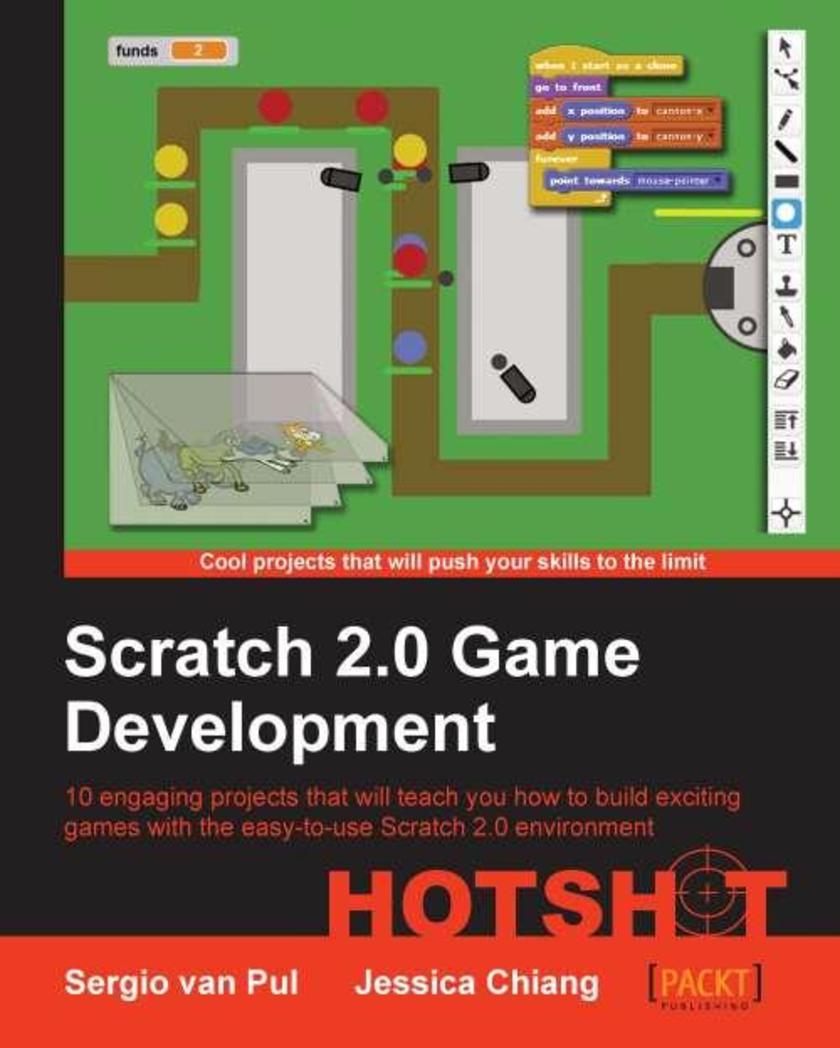
Scratch 2.0 Game Development Hotshot
¥71.93
An easytouse book, containing 10 engaging projects that will help you learn how to build video games with the easy to use Scratch 2.0 environment. If you are a new, or current Scratch user and would like to improve your understanding of the new Scratch 2.0 interface, and learn how to make video games, this book is ideal for you. Each project is explained indepth from start to finish, so everyone can follow along, even if you don’t have much previous experience with the software. If you want to become a video game designer, this book is an easy to use and friendly guide about the world of interactive media. It will teach, challenge, and inspire you to create great interactive projects.
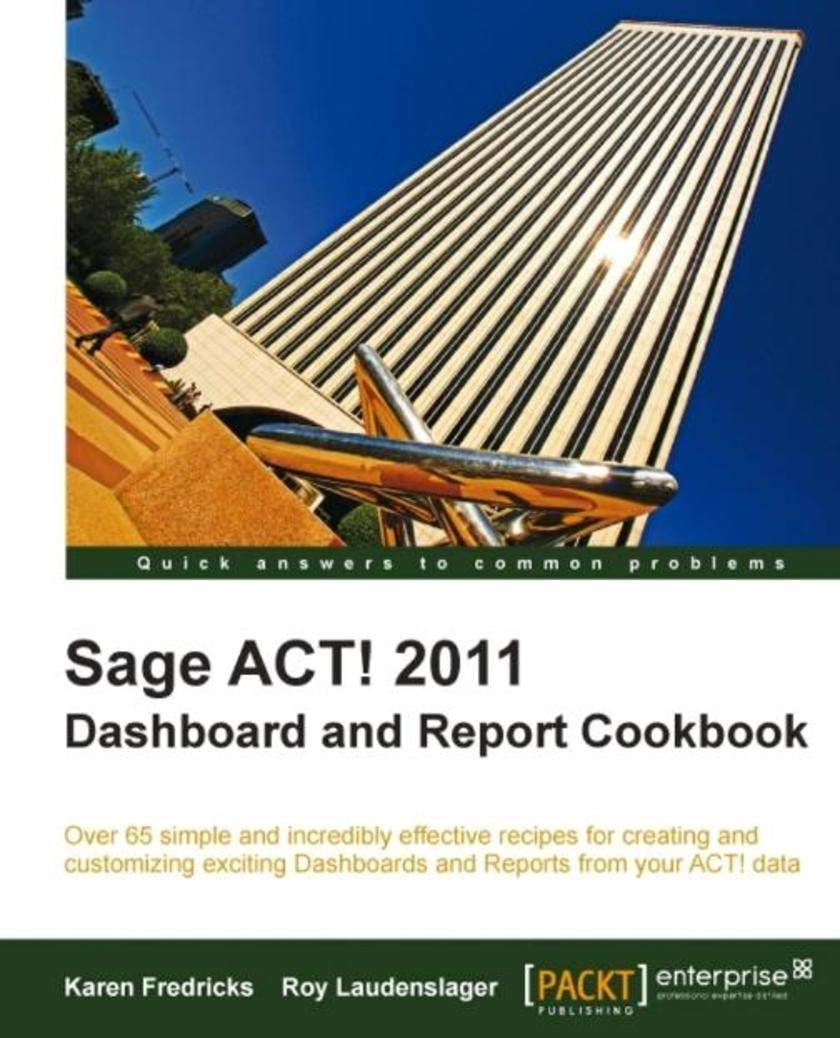
Sage ACT! 2011 Dashboard and Report Cookbook
¥71.93
This is a cookbook of easy-to-follow recipes about ACT! 2011 dashboard and report practices. If you are an ACT! end user who wants to learn about the existing reports and dashboards available in ACT! 2009, 2010, and 2011, then this book is for you. If you are an ACT! administrator who wants to make changes to ACT!'s dashboard and reporting features or a sales manager who needs to measure the effectiveness of his sales force, you will also find this book helpful. New CRM users will learn how to measure the success of their database. Prior knowledge of ACT! is not essential; however, you'll find it helpful to have good working knowledge of how to add data to ACT!, or to work with an ACT! database that has already been populated with data.
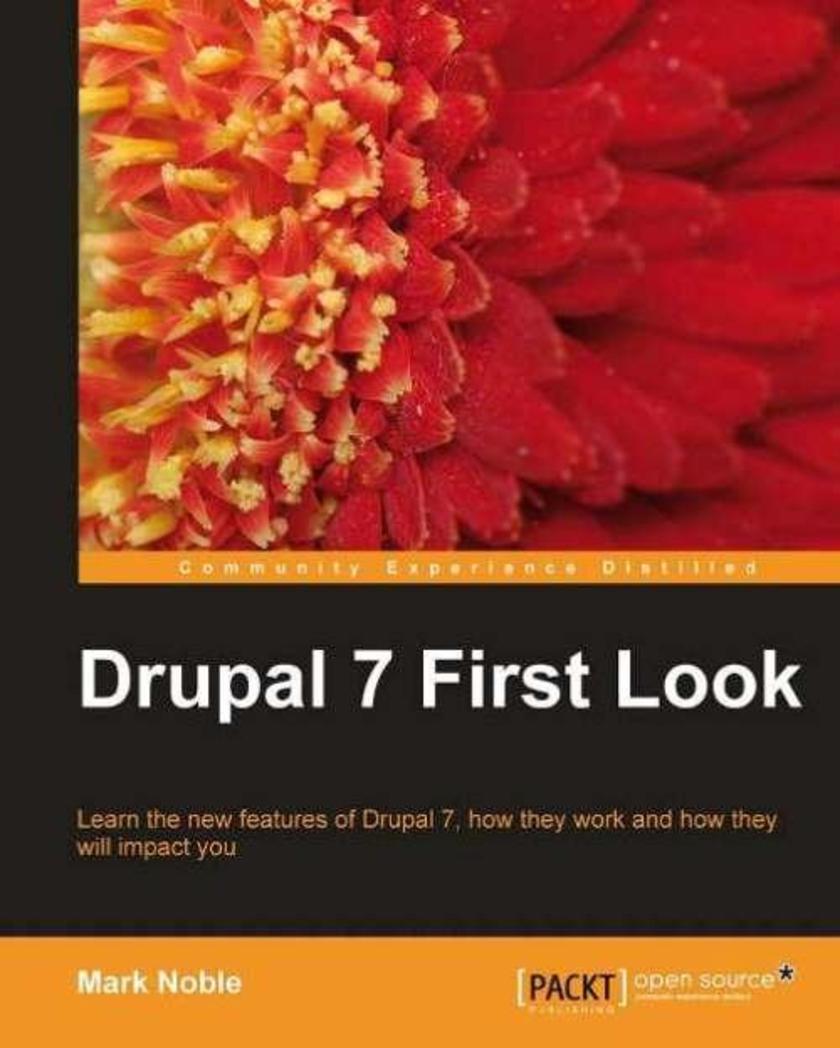
Drupal 7 First Look
¥71.93
This hands-on guide takes a look at the main functional areas of Drupal that have significant new features. It explains these new features and how to use them, drawing attention to significant differences from how things used to behave, and giving the reader an idea of the kind of consequences these changes will bring to them. Drupal 7 First Look is written for site administrators, themers, and developers who have some experience with Drupal 6 (or even Drupal 5) and want to upgrade their sites, themes, or modules to Drupal 7 or just learn more about Drupal 7. No programming experience is required, but several code examples are covered for readers that want more in-depth information about building themes and modules.
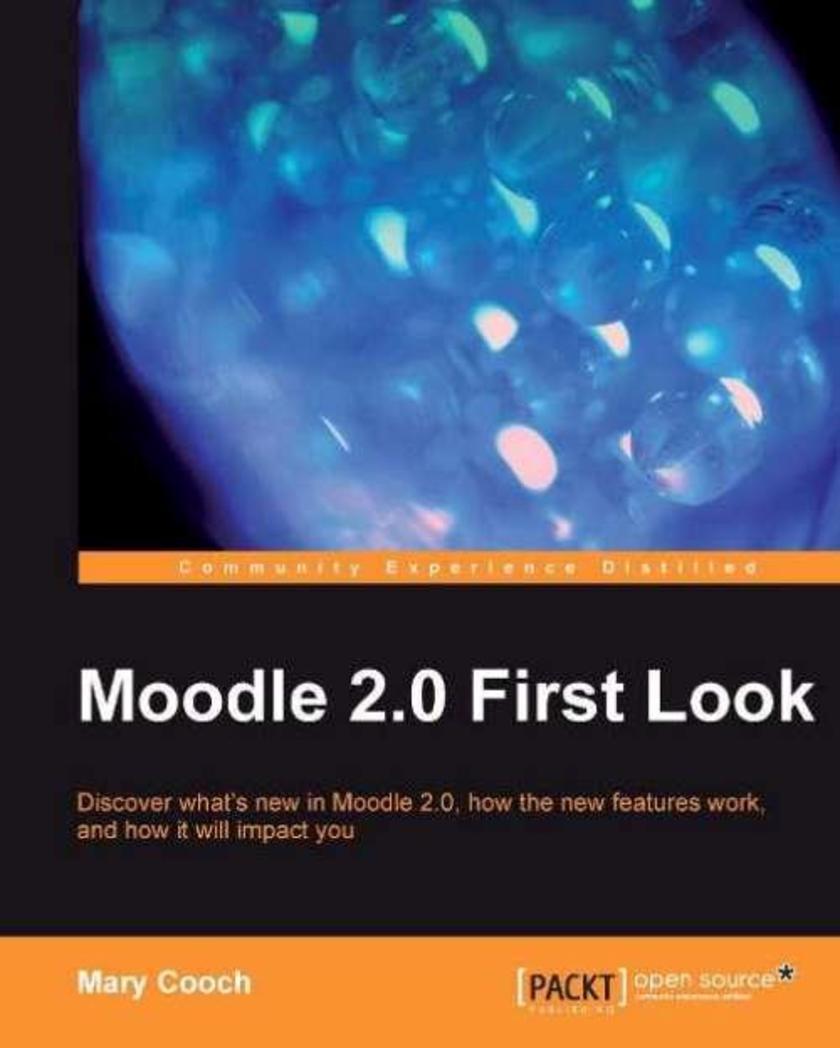
Moodle 2.0 First Look
¥71.93
The book looks at the main functional areas of Moodle that have significant new features, explains the new features and how to use them. It draws attention to significant differences from how things used to behave, and gives the reader an idea of the kind of consequences these changes will bring to them. If you are an existing Moodle user, tutor, or administrator, then this book is for you. You are expected to be familiar with the operation of Moodle.

Performance Testing with JMeter - Second Edition
¥71.93
This book is great for developers, quality assurance engineers, testers, and test managers new to Apache JMeter, or those who are looking to get a good grounding in how to effectively use and become proficient with JMeter. No prior testing experience is required.
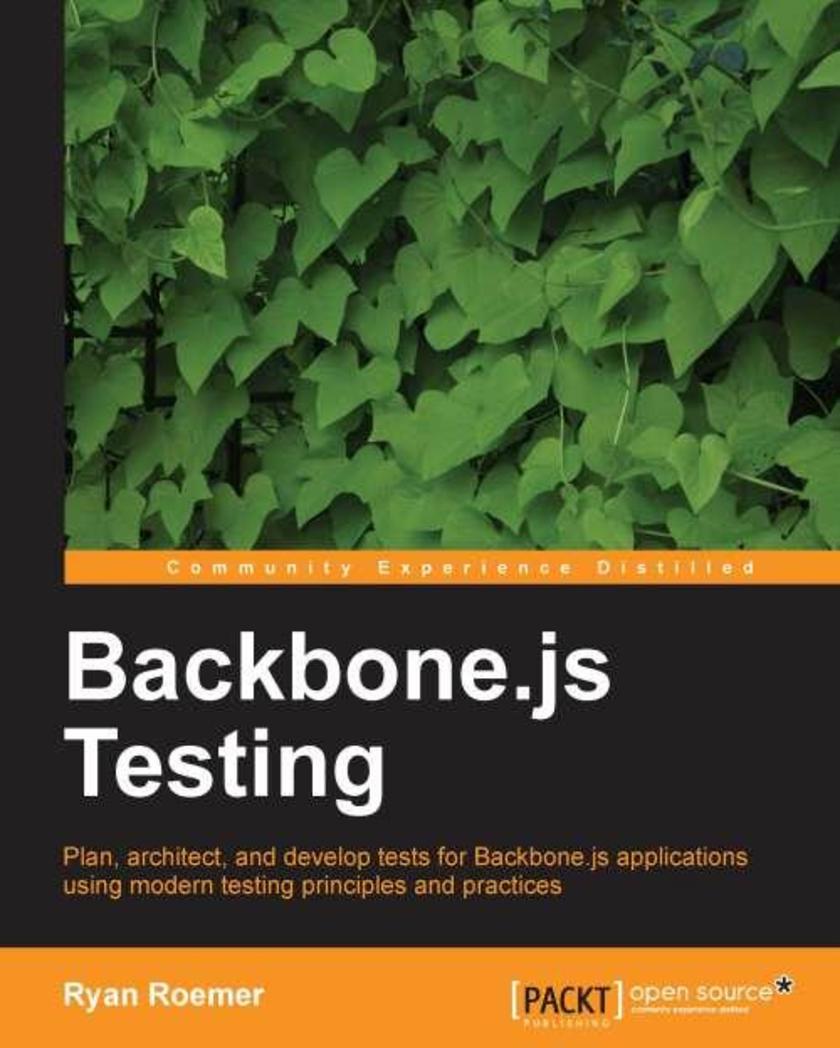
Backbone.js Testing
¥71.93
This book is packed with the step by step tutorial and instructions in recipe format helping you setup test infrastructure and gradually advance your skills to plan, develop, and test your backbone applications.If you are a JavaScript developer looking for recipes to create and implement test support for your backbone application, then this book is ideal for you.

Building your First Mobile Game using XNA 4.0
¥71.93
This book is a step-by-step tutorial with a lot of screenshots that help to explain the concept better. This book will cover the building of a 3D game for Windows Phone using XNA. We won’t explain the C# programming language itself, nor object-oriented programming.We will however explain the aspects of game development thoroughly, so don’t worry if you have never written a 3D game. We will cover all the basics, included the much dreaded math. This is the right book for anyone, regardless of age and gender, if: You are interested in game development You want to start building games for Windows Phone You have some programming knowledge. In this book, we will first go over the technical topics, and end up building a 3D game for Windows Phone 7 together!
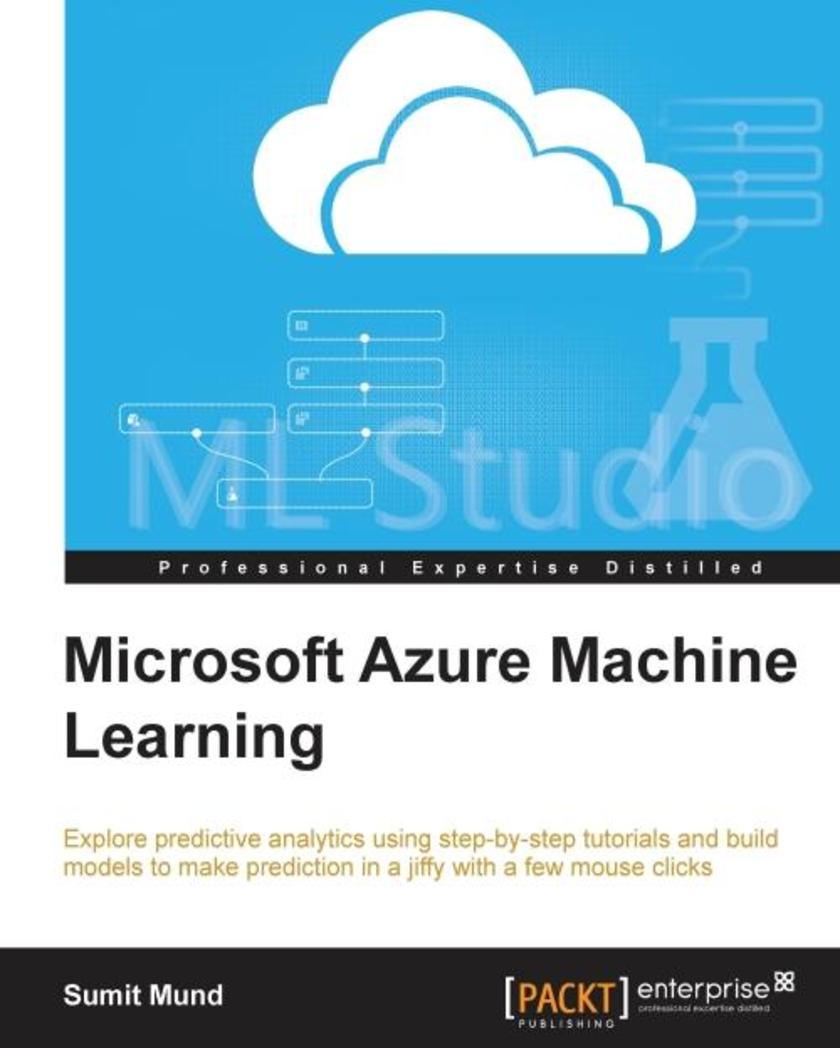
Microsoft Azure Machine Learning
¥71.93
The book is intended for those who want to learn how to use Azure Machine Learning. Perhaps you already know a bit about Machine Learning, but have never used ML Studio in Azure; or perhaps you are an absolute newbie. In either case, this book will get you up-and-running quickly.
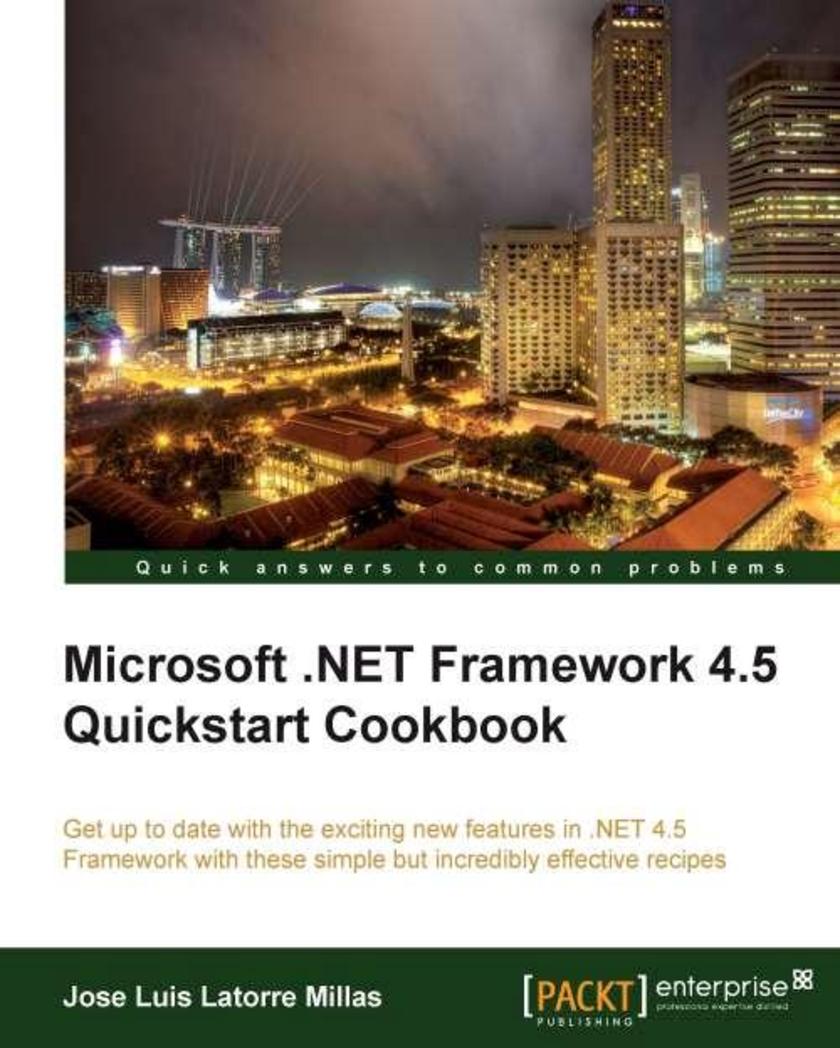
Microsoft .NET Framework 4.5 Quickstart Cookbook
¥71.93
Microsoft .NET Framework 4.5 First Look Cookbook
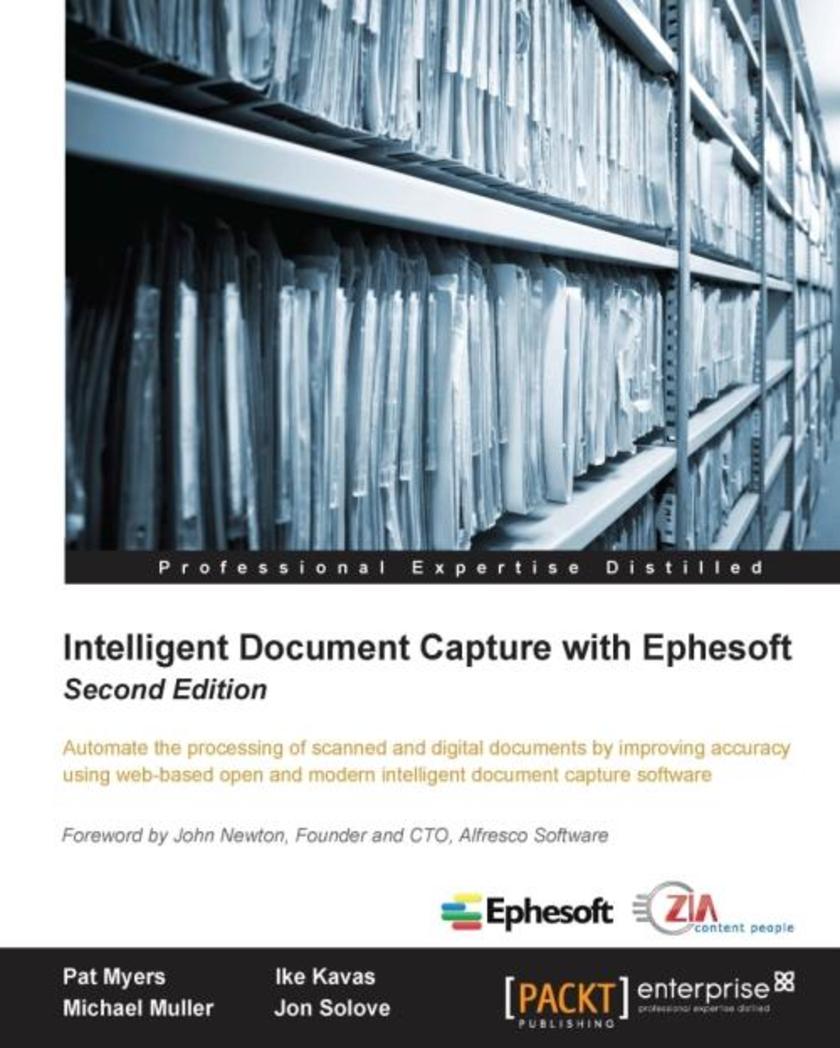
Intelligent Document Capture with Ephesoft - Second Edition
¥71.93
This book is intended for IT professionals interested in installing and configuring Ephesoft Enterprise for their organization, but it is a valuable resource for anyone interested in learning about intelligent document capture.
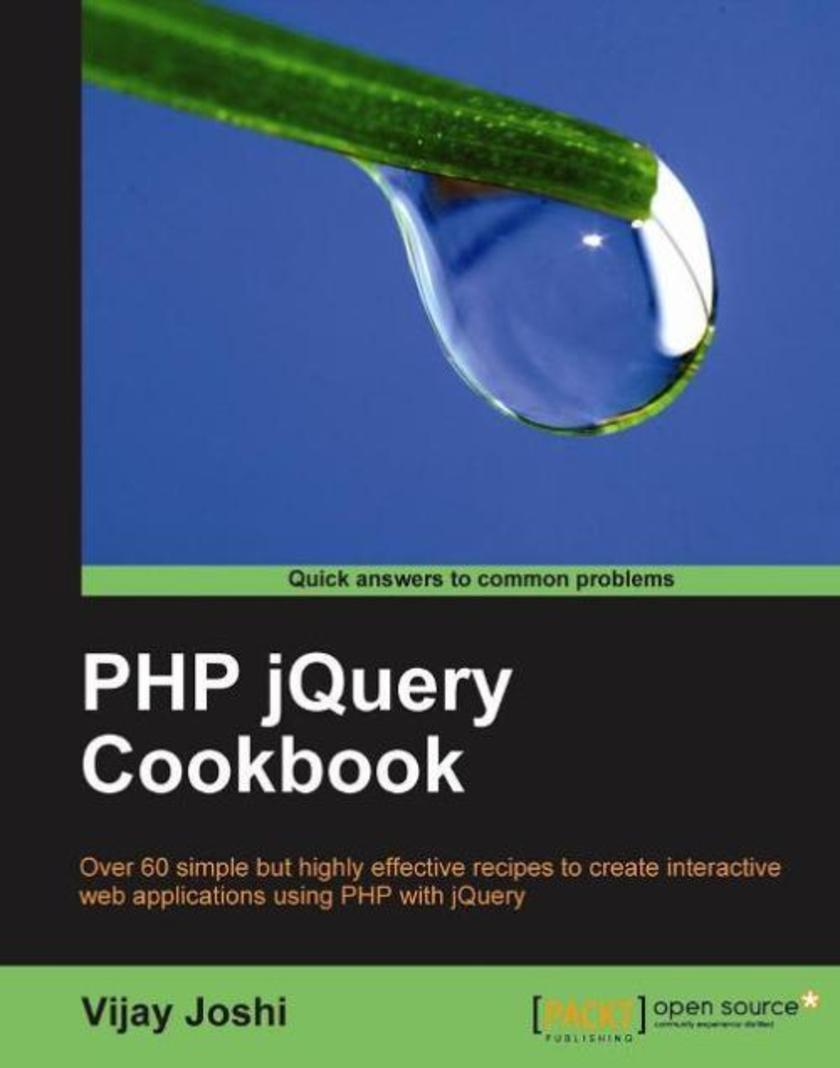
PHP jQuery Cookbook
¥71.93
Written in Packt's cookbook style, this book presents numerous practical examples that you can use directly in your applications. The book covers most of the essential issues you will face while developing your web applications and gives solutions to them. Recipes in the book are written in a manner that will rapidly take you from a beginner to expert level. If you want to use PHP and jQuery together to create web applications this book is for you. It provides a large number of examples in each chapter that will take you from a basic developer to a pro by giving step-by-step instructions for each task in developing web applications using PHP and jQUery. All you need are JavaScript basics and you are on your way to building power web applications, with this book in hand.
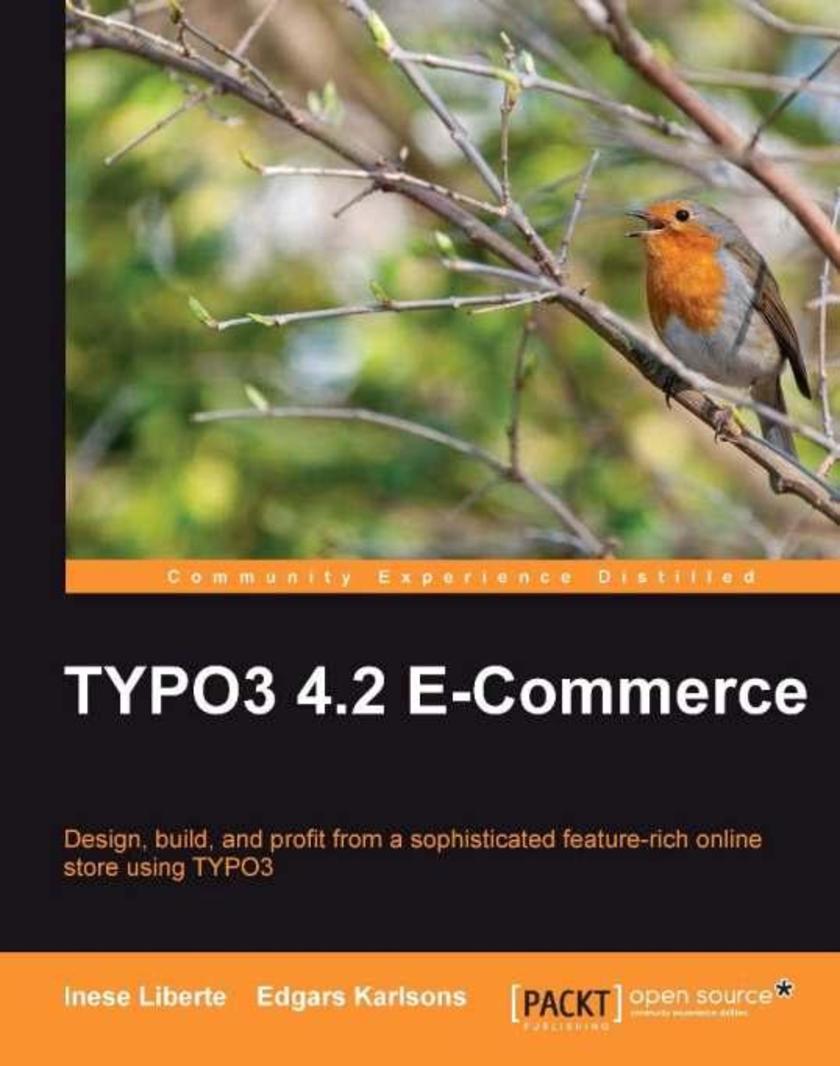
TYPO3 4.2 E-Commerce
¥71.93
This is a fast-paced tutorial focusing on creating an online store. It walks in detail through development of a sample website, illustrating each step with screenshots and explanation. The cumbersome and time-consuming task of developing and customizing a TYPO3 e-commerce site will be a smooth sail with this book. If you want to create a captivating online shop using TYPO3 and optimize your profit, this book is for you. Some knowledge of TYPO3, PHP, and TypoScript is required.
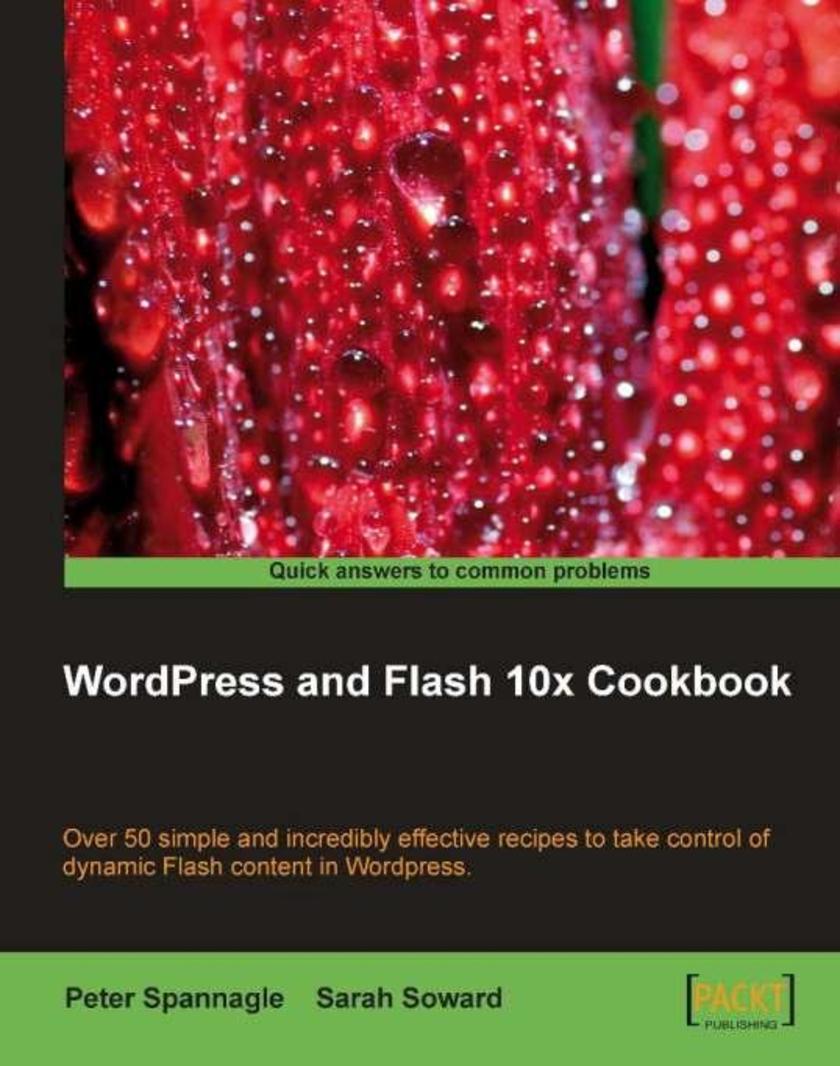
Wordpress and Flash 10x Cookbook
¥71.93
This book consists of a series of easy-to-follow recipes. Each recipe stands on its own, so you can open the book to any recipe and complete it without going through the previous recipes. You can work through the book from start to end or just choose the recipes most applicable to your needs and situation. The book presents recipes of varying difficulty levels so that there is something for everyone from a beginner to an advanced WordPress user. Detailed screenshots, code examples, and links to additional resources supplement the concise instructions. If you are a Wordpress user interested in creating multimedia-rich websites and blogs using Flash then this book is perfect for you. This book caters for site administrators and web developers, who have experience using Flash aand Wordpress.
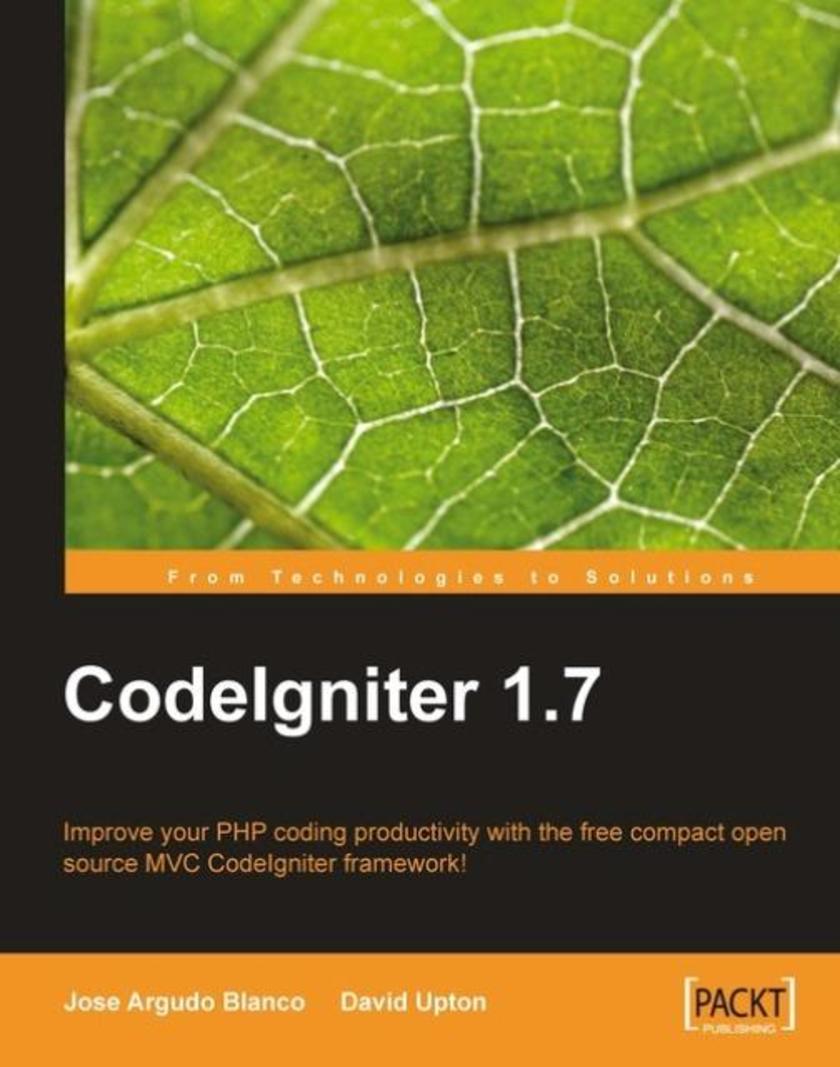
CodeIgniter 1.7
¥71.93
This book takes a step-by-step approach, presenting the main features of CodeIgniter in a systematic way and explaining them clearly. It is packed with examples, ideas, and screenshots to help you master this great framework. The code examples are very practical so you can even use them in your own projects. By following this book, you can use CodeIgniter in the best possible way and maximize your learning. This book is for developers who are new to CodeIgniter. Basic skills in PHP and MySQL are required, but only rudimentary object-oriented knowledge is needed. If you're looking for a better way to develop PHP applications, or want to find out more about the CodeIgniter framework as a viable option for one of your own projects, this book will help you.
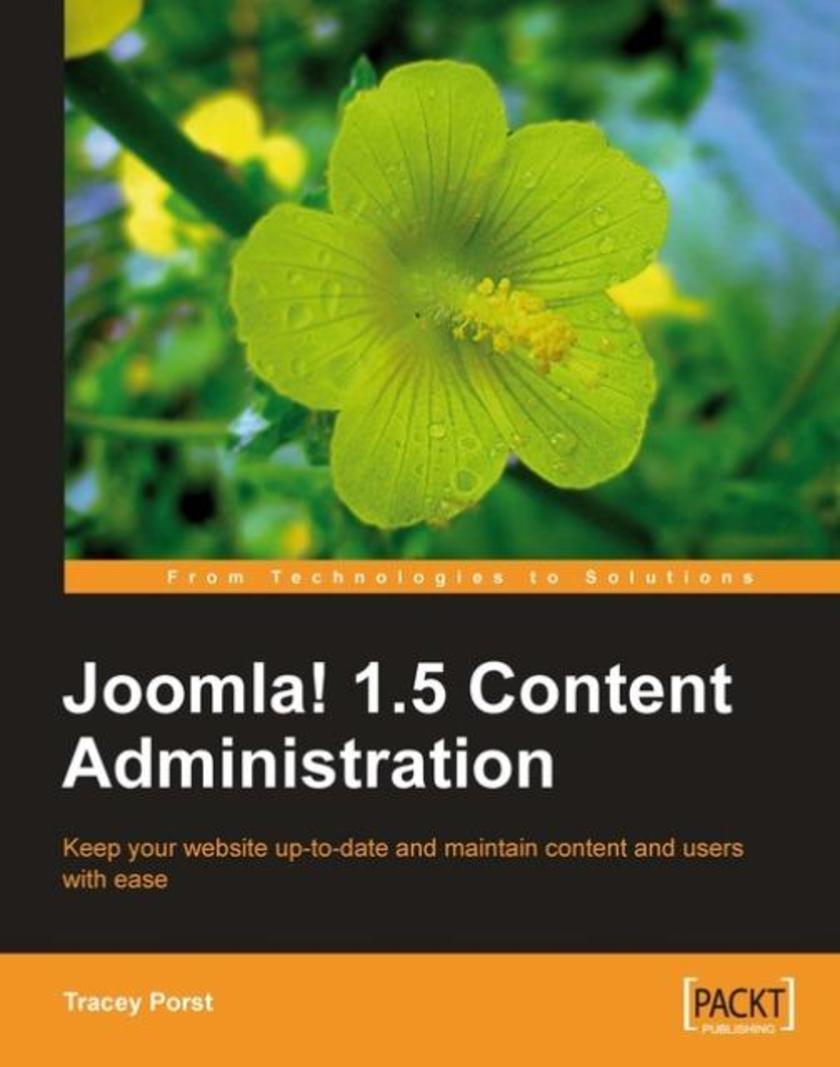
Joomla! 1.5 Content Administration
¥71.93
This book is very easy and straightforward to follow, and takes a hands-on approach, using practical examples to illustrate techniques and explain concepts using a fictitious company called "The Party People" to help you master the content administration of your web site. With each task outlined, simple explanations are offered on similar subject areas and links to further information are provided. If you are someone who wants to quickly and easily manage content and users for a Joomla! web site, this book is ideal for you. You could be a content editor, proofreader, graphic artist, feature editor, or anyone else concerned with managing content on a Joomla! installation. If you can browse the Web and use a wordprocessing software package, this book will help you develop the skills to efficiently manage your web site and gain a solid understanding of the Joomla! content management system.
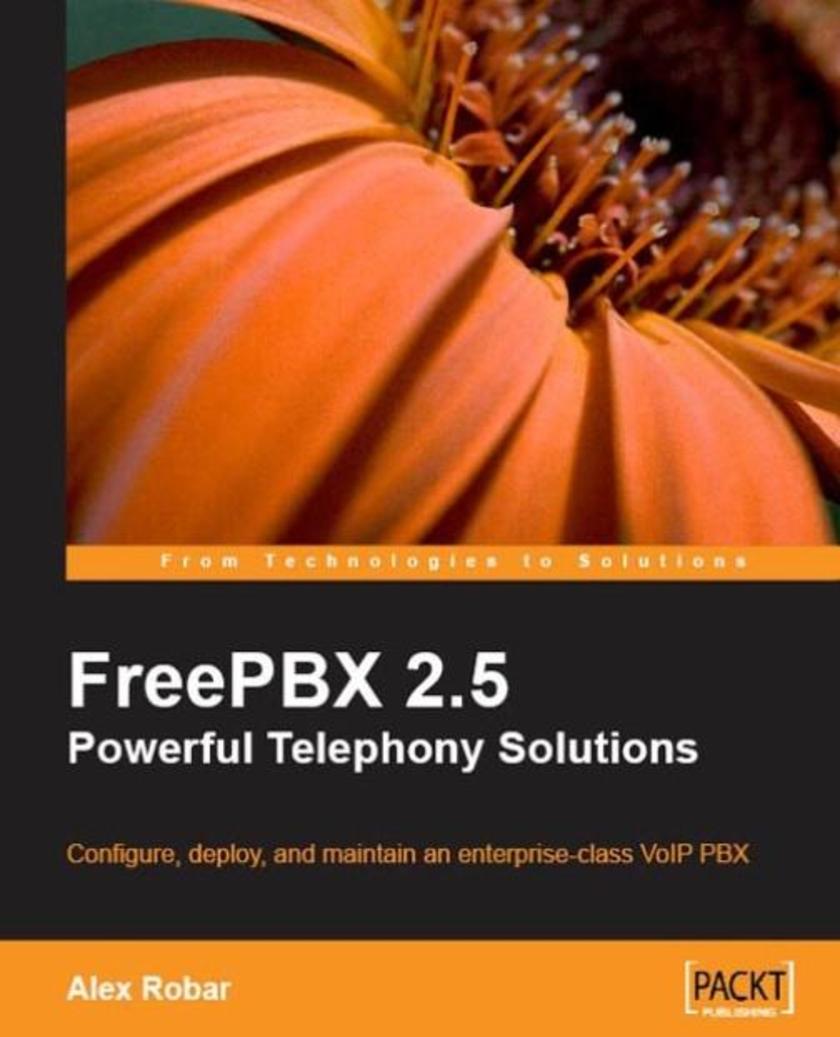
FreePBX 2.5 Powerful Telephony Solutions
¥71.93
This book is a tutorial, with plenty of step-by-step instructions bundled with examples and screenshots. VoIP telephony concepts are discussed, and how-tos are provided to help the reader become familiar with FreePBX. This book is targeted at system administrators who want to get started with FreePBX. Previous knowledge of Linux or networking is not required, although some basic knowledge of PBX and Linux will be a bonus.
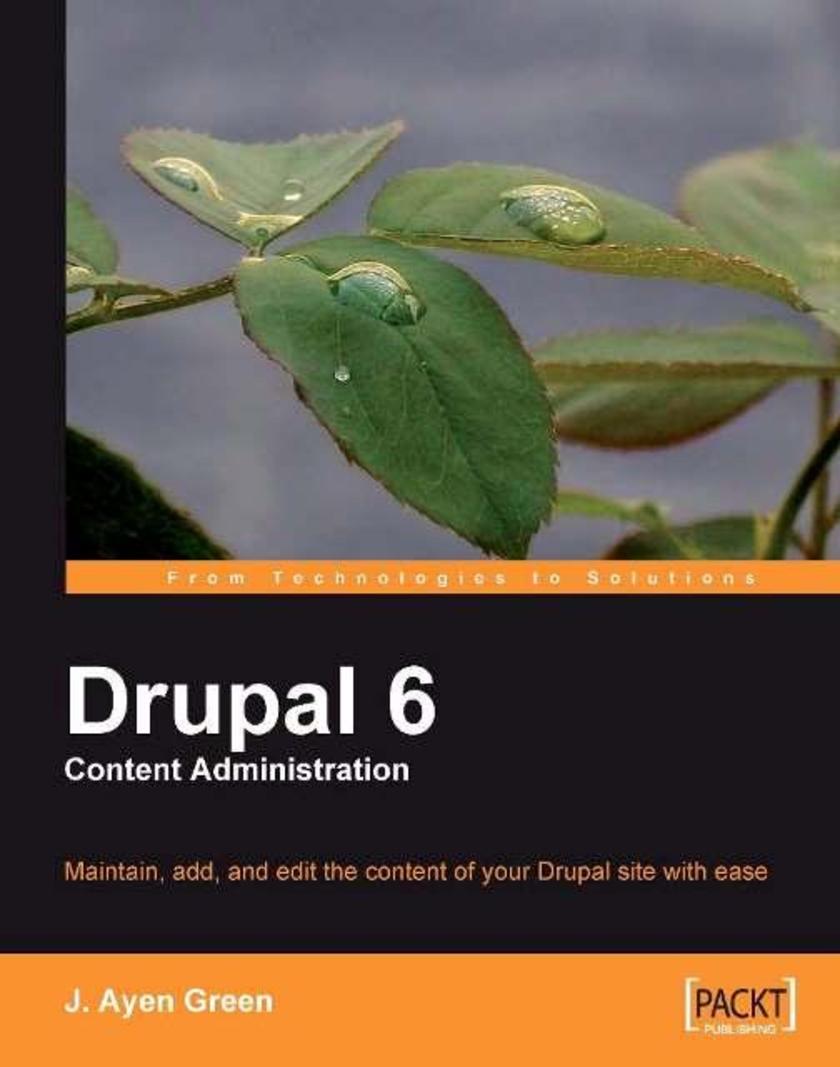
Drupal 6 Content Administration
¥71.93
This is a fun, informative, hands-on learning guide that uses an actual case study. In an interactive and informal manner, this guide presents purposeful examples that continue to build on each other. Clear, concise instructions and practical examples mean you can learn quickly how to take care of the content in your Drupal site. This book is designed for those who run the site day-to-day but didn't set it up, and aren't necessarily that well versed in Drupal or web technologies. You could be a content editor, proofreader, graphic artist, feature editor, or anyone else concerned with managing content on a Drupal installation.
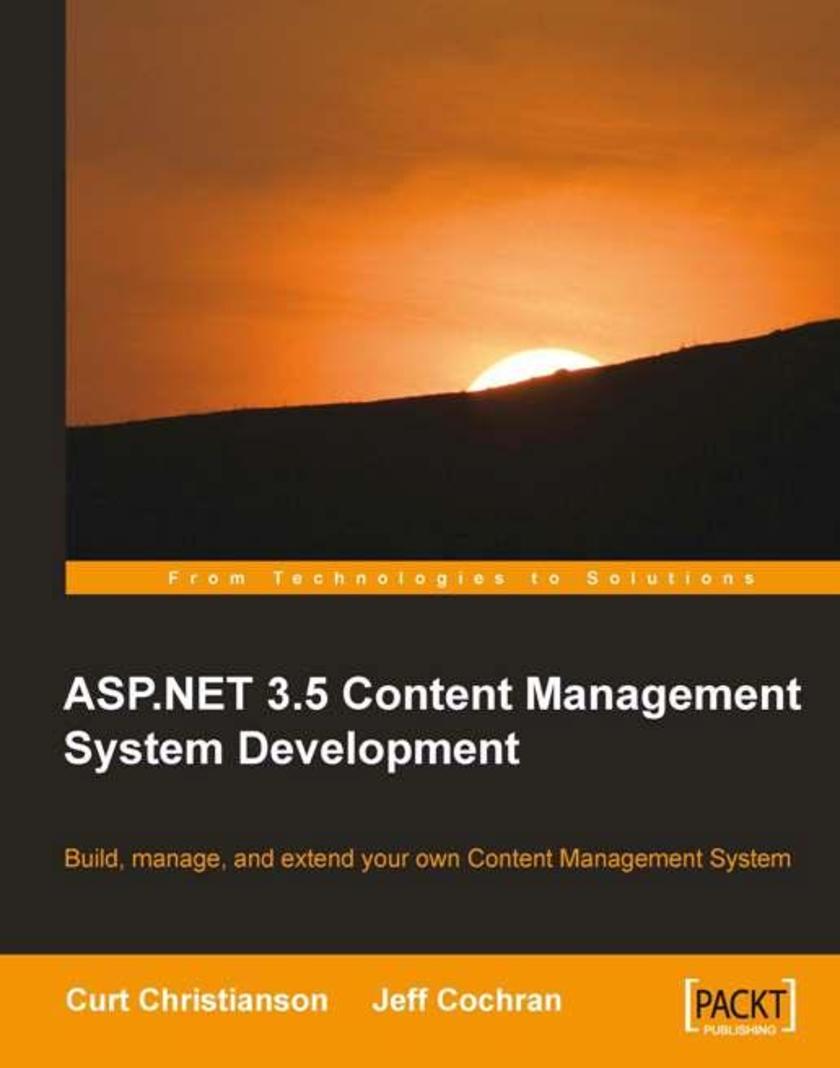
ASP.NET 3.5 CMS Development
¥71.93
This step-by-step tutorial shows the reader how to build an ASP.NET Content Management System from scratch. You will first learn the basics of a content management system and how to set up the tools you need to build your site. Then, you start building your site, setting up users, and adding content to your site. You will be able to edit the content of your site and also manage its layout all by yourself. Towards the end, you will learn to manage your site from a single point and will have all the information you need to extend your site to make it more powerful. Filled with plenty of code snippets and screen images to keep you on track as well as numerous additional samples to show you all the exciting alternatives to explore, this book prepares you for all the challenges you can face in development. This book is for beginner to intermediate ASP.NET users who have managed to learn Visual Web Developer and want to take on their first real-world application. It will help those who have used SQL Server Express, completed a few sample projects, and now wish to explore a Content Management System.
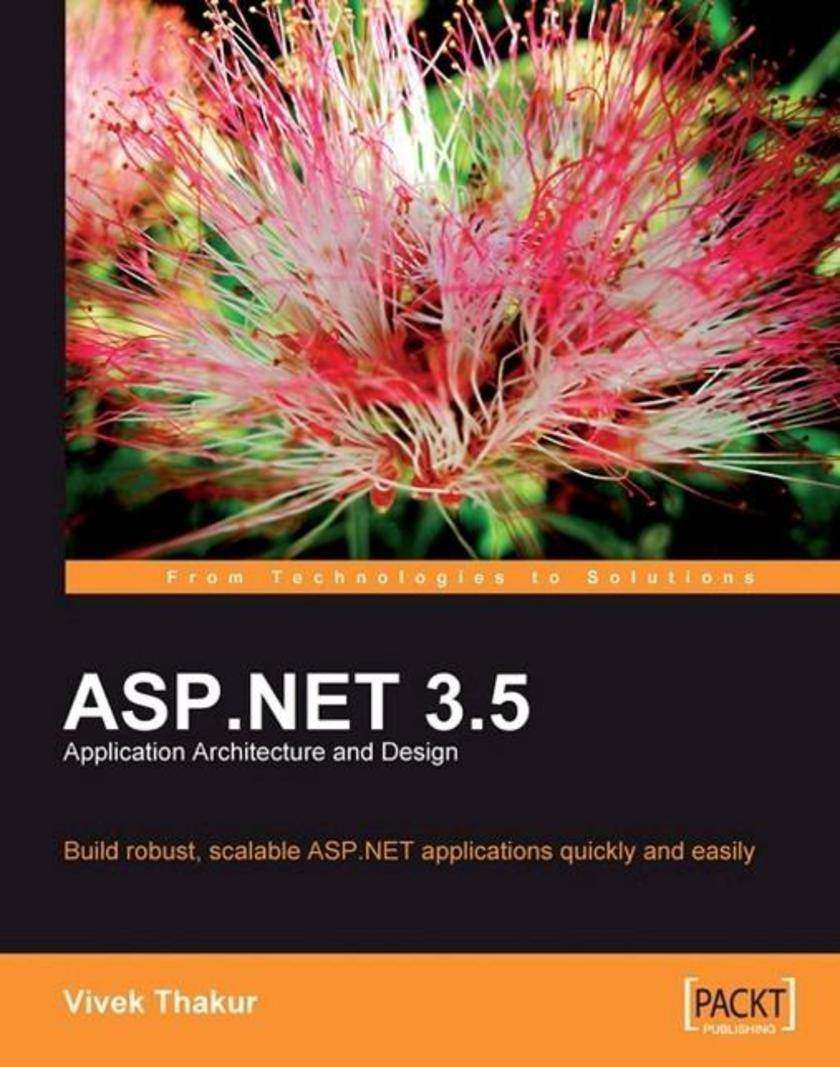
ASP.NET 3.5 Application Architecture and Design
¥71.93
This is a practical hands-on book with clear instructions and lot of code examples. It takes a simple approach, guiding you through different architectural topics using realistic sample projects. A single project is implemented using different architectural styles to make the reader understand the details of each style. There are also many small independent code samples to explain design patterns, WCF, and localization. This book is for people familiar with the ASP.NET framework using either C# or VB.NET. You don?t need to be an ASP.NET guru “ the book is ideal for novice and intermediate developers. If reading about application architecture usually confuses you or sends you to sleep, then this book will be perfect for you! In short, any ASP.NET programmer who is confused or disoriented reading different books or materials on architectures wondering how and what to implement in their application, will definitely benefit from this book!
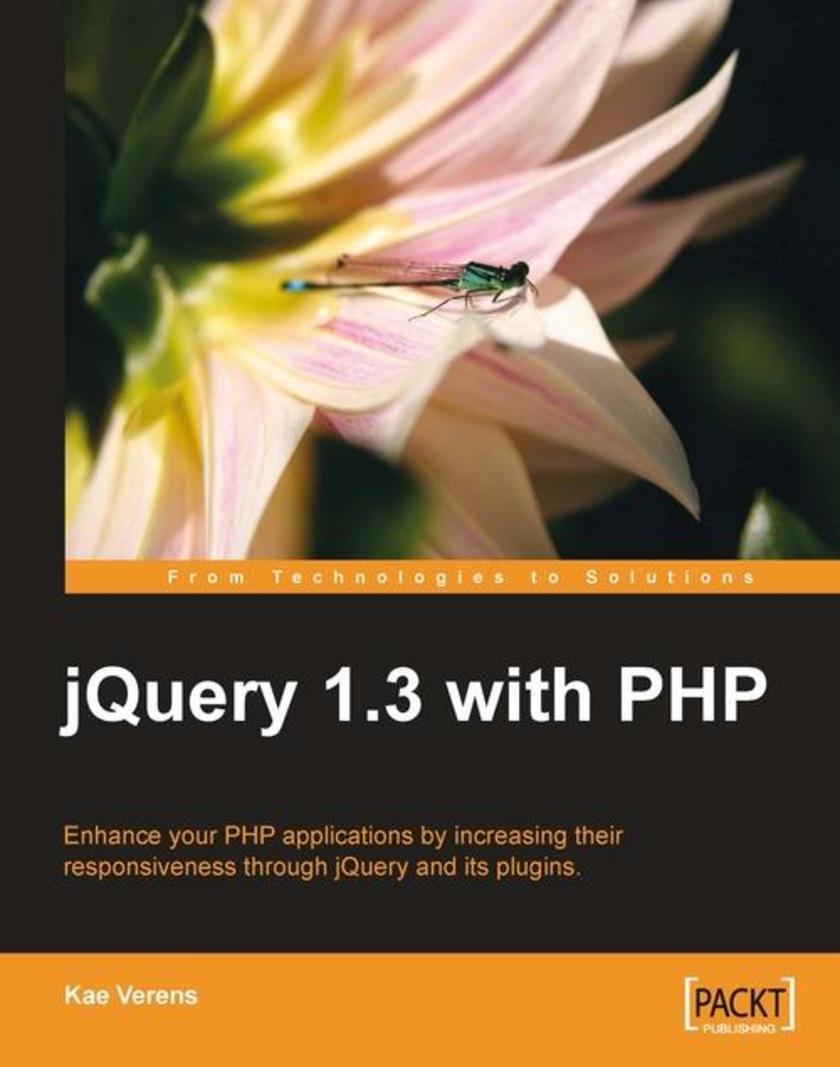
jQuery 1.3 with PHP
¥71.93
This book takes a practical approach to integrating PHP and jQuery, showing examples of every point discussed. All examples are written such that you should be able to copy out the code into your own projects and see immediate results, no matter what your experience with JavaScript. You will find projects developed within a chapter, building them up step-by-step, describing the process and thought that goes into it. Minimal requirements are needed on the server-side, so the examples should work with any setup. This book is for PHP application developers who want to improve their user interfaces through jQuery's capabilities and responsiveness. Whether you are familiar with jQuery or have only dabbled a little with JavaScript, this book will provide you with numerous practical examples of how to improve your application.
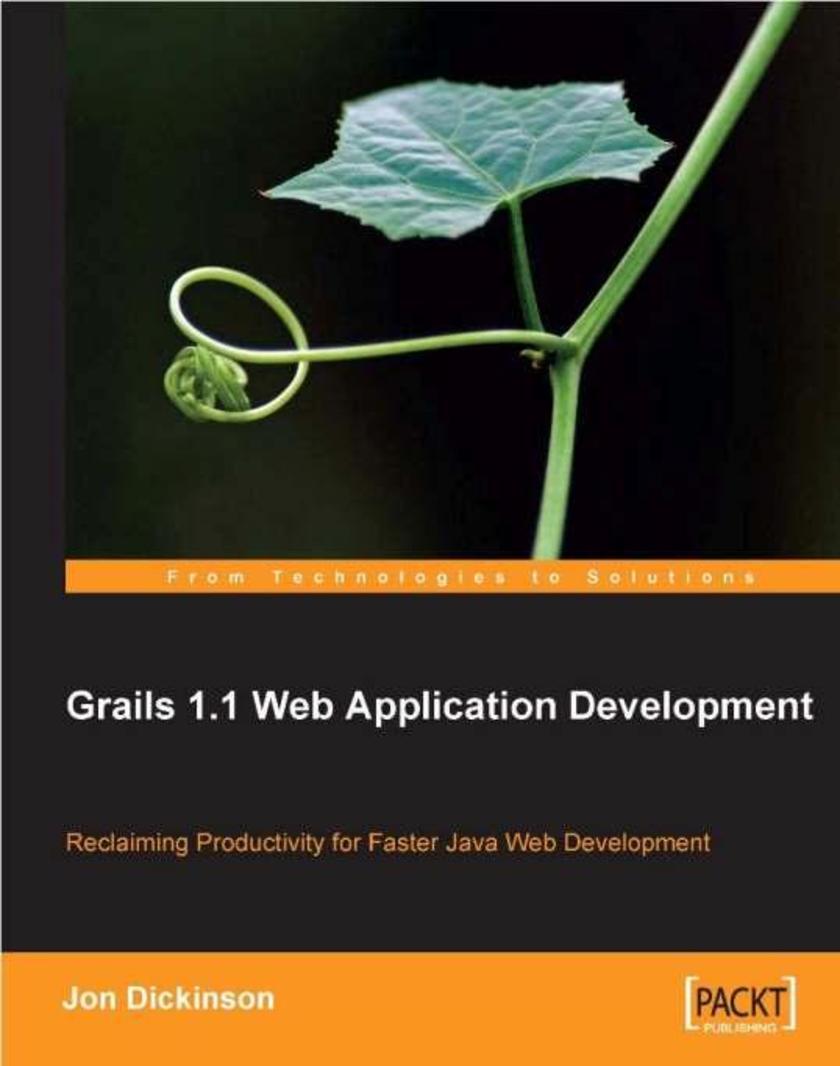
Grails 1.1 Web Application Development
¥71.93
This book is a guide to building a rich web application using Grails. The approach taken for building the application is incremental and iterative; each chapter will produce a working addition to the application, or iterate over existing features, as well as introduce and carefully explain the new part of the Grails framework used. The book does not go into exhaustive de*ions of every detail of Grails. While there is a lot of code in the book, there are very few large code listings. As you will find, it is not necessary to write reams of code to get results using Groovy and Grails. This book is aimed at Java web developers looking for ways to build web applications quickly, and wanting to find out how it's done quickly. If you are frustrated with integrating the many different frameworks that are available for web development and want to get on with building slick web applications for your users, then this book is for you. Grails is built on the Groovy language, but experience in Groovy is not required, as you will learn enough about Groovy to understand how to use Grails.




 购物车
购物车 个人中心
个人中心



